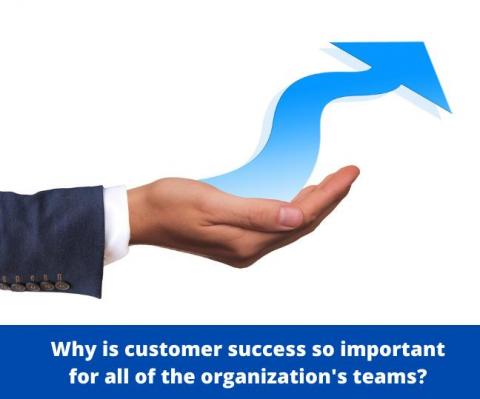Consider Yourself an Expert on Customer Success? Here are five new trends to keep an eye on.
A world before the pandemic seems like the distant past, doesn’t it? The onset of the pandemic has seen a dramatic shift in most areas of life, including the workspace, and life may never go back to what it once was. It’s almost unbelievable how much transformation each business has gone through in the 2 years. But wait, the transformation doesn’t end here.











